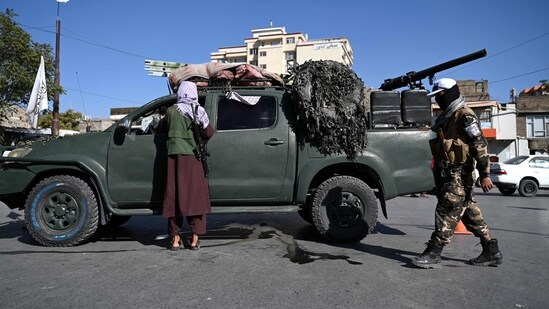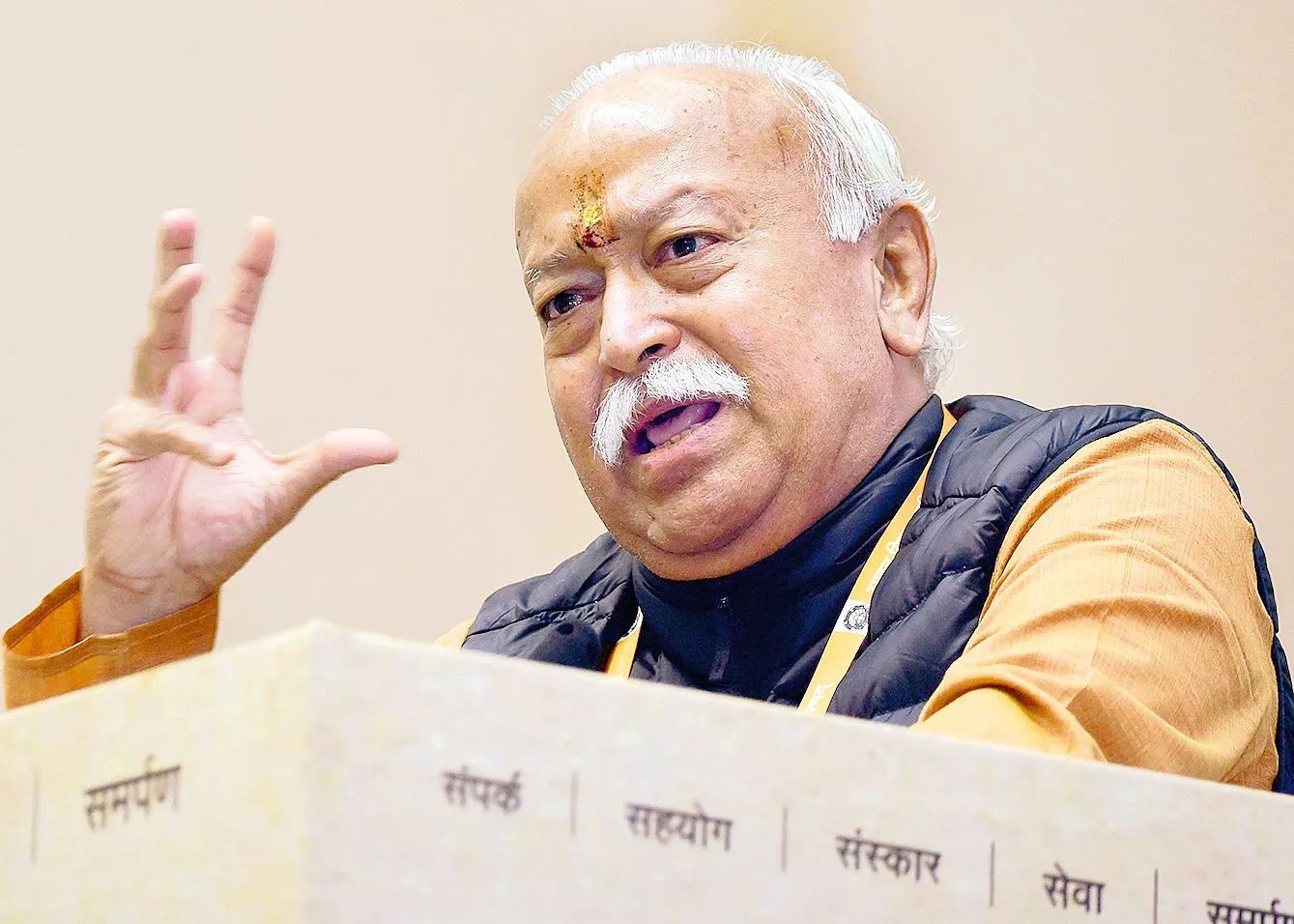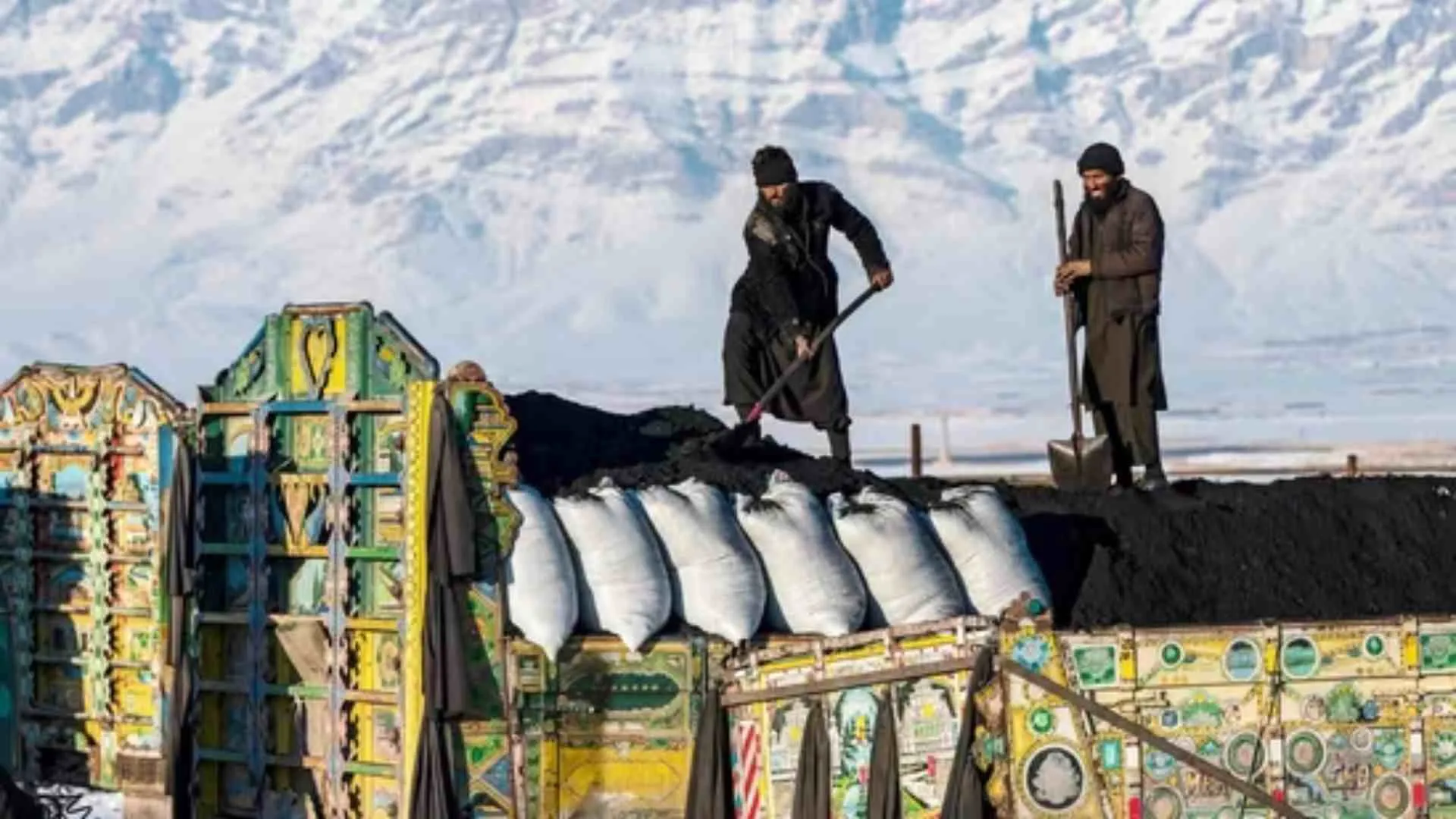The future of Afghanistan is beginning to look a lot like its past. The exodus of the NATO forces from Afghanistan after two decades of intervention left a formidable vacuum of administration in the country that was filled up by the Taliban within seconds of the NATO retrieval. However, this was a situation that most Afghanis and the majority of the world were dreading. The 20 year long regime of the NATO forces in Afghanistan still couldn’t erase the memories of the draconian rule during the Taliban years. The greatest fear around the world, among the people of Afghanistan, and governance agencies around the world was that this regime take over by Taliban would translate into the same draconian policies.
While in the beginning the Talibani regime assured that, that would not be the case, it is beginning to feel like history is sure to repeat itself in the Afghan case. The new Afghan regime that comprises of the Taliban, more popularly being dubbed as Taliban 2.0 was quick to attempts at convincing the world that they were not like their predecessors. Their smart phones and in some cases fluent English did give some optimists hope of a better fate for the Afghans but that hope did not last too long.
The trend for the current Talban regime has been one of getting increasingly more rigid and orthodox in its approach towards administration. Earlier last week the Taliban announced that education was prohibited for women at a university level. This is the latest in a series of restrictions on women, where they have been prohibited from having a job except as a medical professional, they are prohibited to travel without a male companion.
The generation that lost years of their education are now forced to see their future generations of women distraught over this draconian rule and waste away their prime years. The students who are more directly affected by this decree find themselves at a loss in all senses of that word. The gradual shift towards the standard procedure of functioning for Taliban can be analysed in a couple of ways. The first could be that the Taliban has a singular core method of operating which is through oppression justified by religious dogma. While the authenticity of that interpretation of the scripture is up for debate the oppression in the name of the scripture is not. One could be pacified with just concluding that this is the reason for the Taliban to again become dogmatic even after assurances that this would not be the end of the new and improved regime.
The second reason for such steadfastness in implementing torment could also have been catalyzed by the protests that have taken place in Iran where women demanded greater freedom. Those protests and the support they garnered are well documented on social media and international television. Iran and Afghanistan also share some similarities in the context of the journey towards modernity and women’s freedom in these countries; this is not to say that the nations are historically parallel, but their embracing and later complete defiance of modernity and also the impact that had on the freedom that women were allowed in society are congruent to each other.
There is also the element of some defiance this time. The decision to prohibit women’s education has led to a rift within the Taliban itself. The younger generation of the Taliban seems to support the education of women while a group of die – hard conservationists led by Mullah Haibatullah Akhundzada have decreed the prohibition. Some among the Taliban believe that the people’s unrest over this decision must be given its due importance. Considering that the Taliban regime has no official recognition from any other country in the world, and the UN, the US, and other nations have unabashedly condemned this move, it would only make things more difficult for Taliban going forward at the international stage.
There is also the very real problem of economics. The Taliban has no funds and Afghanistan is an already fragile economy, in such a moment to remove women from the workforce would prove disastrous for the country. While the ban on working women would have an immediate effect on the work force, the prohibition of women education all together would mean that the overall quality of future human resource for the country would decline.
It is unfortunate that similar patterns of violent oppression are evident in Afghanistan yet again, it begs the question if the small pockets of protests would gather enough momentum to overturn the decree of prohibition.
Aatif Ansar is a psephologist and a political analyst. Dr Aparaajita Pandey is a political analyst and has a PhD in International Relations from Jawaharlal Nehru University.























